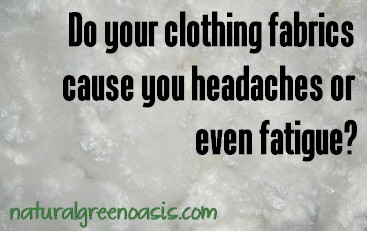Four Steps You Can Take to Make This Year Your Healthiest Ever
Without our health we pretty much can write everything else off. If you’re sick and exhausted there isn’t very much you can accomplish compared to when you’re in good health. So, there’s no wonder that most people want to have good health.
Following are four steps you can take toward that goal:
1. Begin sleeping on natural bedding.
There’s nothing like climbing into bed between luxuriously soft, organic, cotton sheets. They are quite comfortable and don’t outgas toxic fumes that inhibit a good night’s sleep.
2. Eliminate dust.
As innocuous as the name “dust bunny” sounds it is anything but. Dust can contain toxins such as heavy metals, mold spores, and hungry dust mites.
3. Eat slow, home-cooked meals.
Instead of grabbing that deep-dish pizza (I know. I love them too.), try a slow-cooked meal prepared with your favorite cut of meat and some veggies thrown in. The process of cooking at low temperatures helps to enhance flavors and cuts down on some suspected cancer-causing high heat generated byproducts.
4. Begin wearing natural fibered clothing.
Although it may take a bit more time to iron out a few wrinkles before wearing a cotton top versus a synthetic wrinkle-free one, your skin will thank you for it. Cotton as well as other natural fibers allows air to flow through and therefore allows your skin to stay fresh, dry and comfortable.




